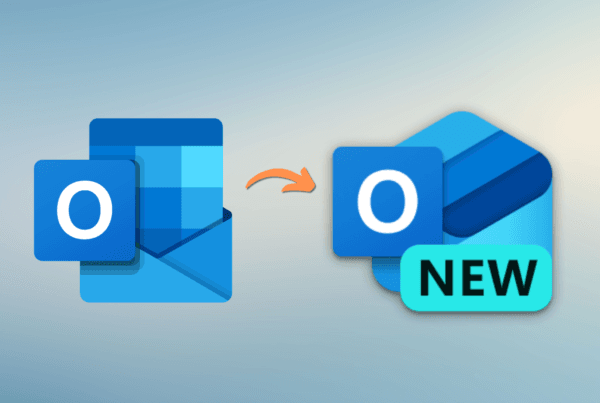Government agencies are caught in an impossible bind: users demand digital services that work as seamlessly as commercial platforms, while privacy regulations require complete control over where sensitive data lives and how it’s processed. Traditional approaches force agencies to choose between data sovereignty and operational effectiveness.
The agencies getting this right have discovered a different approach: deploying sovereignty-first platforms that maintain full integration with the collaborative tools government workers already depend on.
If your agency is still treating data sovereignty as a barrier to effective digital collaboration, you’re missing opportunities to deliver both compliance and performance. There’s a strategic approach that gives you complete data control without forcing your teams to abandon the productivity tools that keep government operations running smoothly.
Why data sovereignty efforts end in productivity loss
Most government localization projects begin with the best intentions but collapse under the weight of integration challenges. Agencies identify their sensitive datasets (e.g. citizen records, inter-agency communications, classified documents) and mandate that everything moves to domestic infrastructure immediately.
The problems surface within weeks:
- Broken collaboration workflows: Staff can no longer share files seamlessly between the new sovereign platform and Microsoft Teams meetings
- Email integration failures: Outlook attachments can’t connect to the localized storage system, forcing manual workarounds
- Cross-agency communication breakdowns: Document workflows spanning multiple departments fail when different agencies can’t access shared resources through existing tools
- Dual-stack management nightmares: IT departments juggle completely separate technology environments—sovereign platforms for sensitive data, cloud tools for everything else
Staff members inevitably resort to dangerous workarounds, like downloading sensitive files to personal devices just to share them through familiar platforms.
The fundamental problem lies with implementations that treat localization as a complete separation from existing digital workflows rather than an integrated upgrade to them.
The intelligent integration approach
The intelligent integration approach
Government data localization strategies don’t start with infrastructure; they start with workflow preservation. Rather than forcing agencies to choose between sovereignty and productivity, modern integration platforms create a bridge that delivers both.
Sendent represents this new approach: a platform that transforms how government agencies handle sensitive data by making sovereign storage work seamlessly within existing Microsoft 365 workflows. Instead of requiring agencies to abandon familiar tools or compromise on data control, Sendent creates secure pathways that keep sensitive information within government-controlled infrastructure while maintaining the collaborative experiences government workers depend on.
What this means in practice:
- Staff continue collaborating through Teams and Outlook exactly as before
- All sensitive documents automatically remain within government-controlled infrastructure
- Zero workflow disruption or retraining required
- Complete data sovereignty without productivity sacrifices
- Intelligent routing ensures sensitive data never leaves approved boundaries
The technical architecture prioritizes user experience over technical complexity. Government workers interact with the same Microsoft tools they’ve always used, but behind the scenes, Sendent ensures that sensitive documents, communications, and data remain within designated sovereign boundaries. The platform acts as an intelligent traffic controller, seamlessly routing data to appropriate storage locations based on classification levels and compliance requirements.
Building sustainable data sovereignty
Effective data sovereignty doesn’t require choosing between security and productivity. The key is implementing solutions that enhance existing workflows while providing complete control over sensitive information.
Focus on platforms that integrate naturally with your current technology investments rather than requiring wholesale replacement of proven tools. The most successful government sovereignty initiatives build on existing user competencies and workflow patterns while adding the security and compliance capabilities that government operations require.
The technology and expertise to make this transition successfully are available today. Government agencies ready to explore how intelligent integration can enhance rather than complicate their digital operations have proven pathways to achieve both sovereignty and performance goals.



